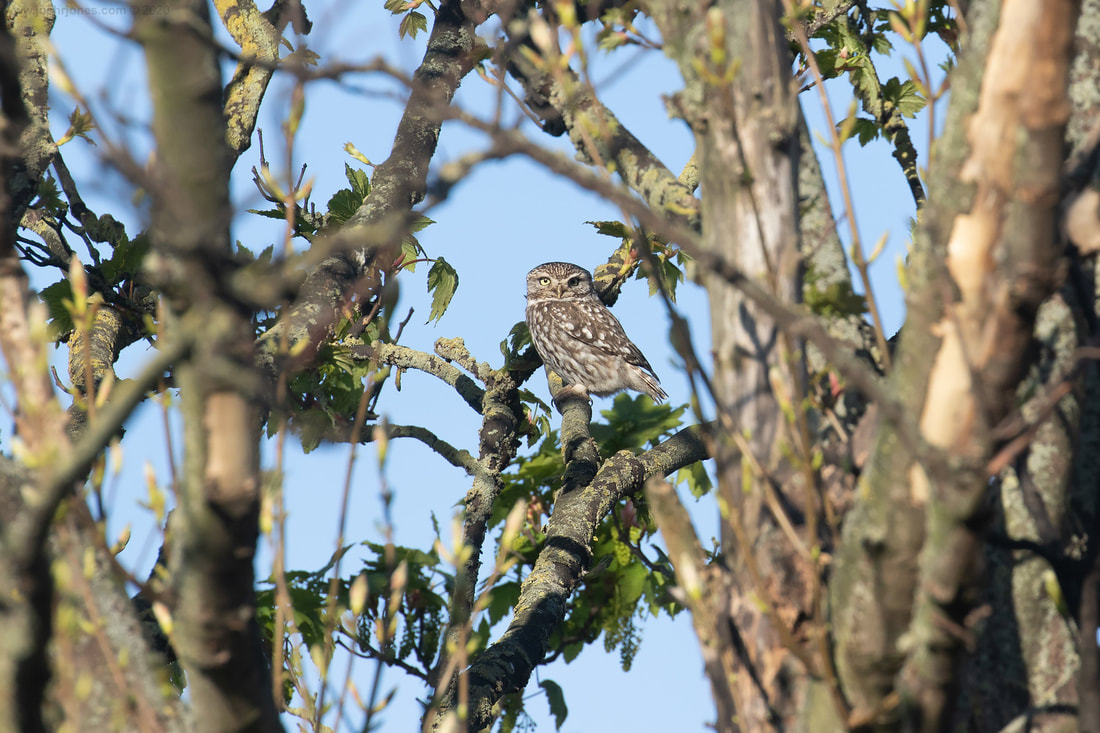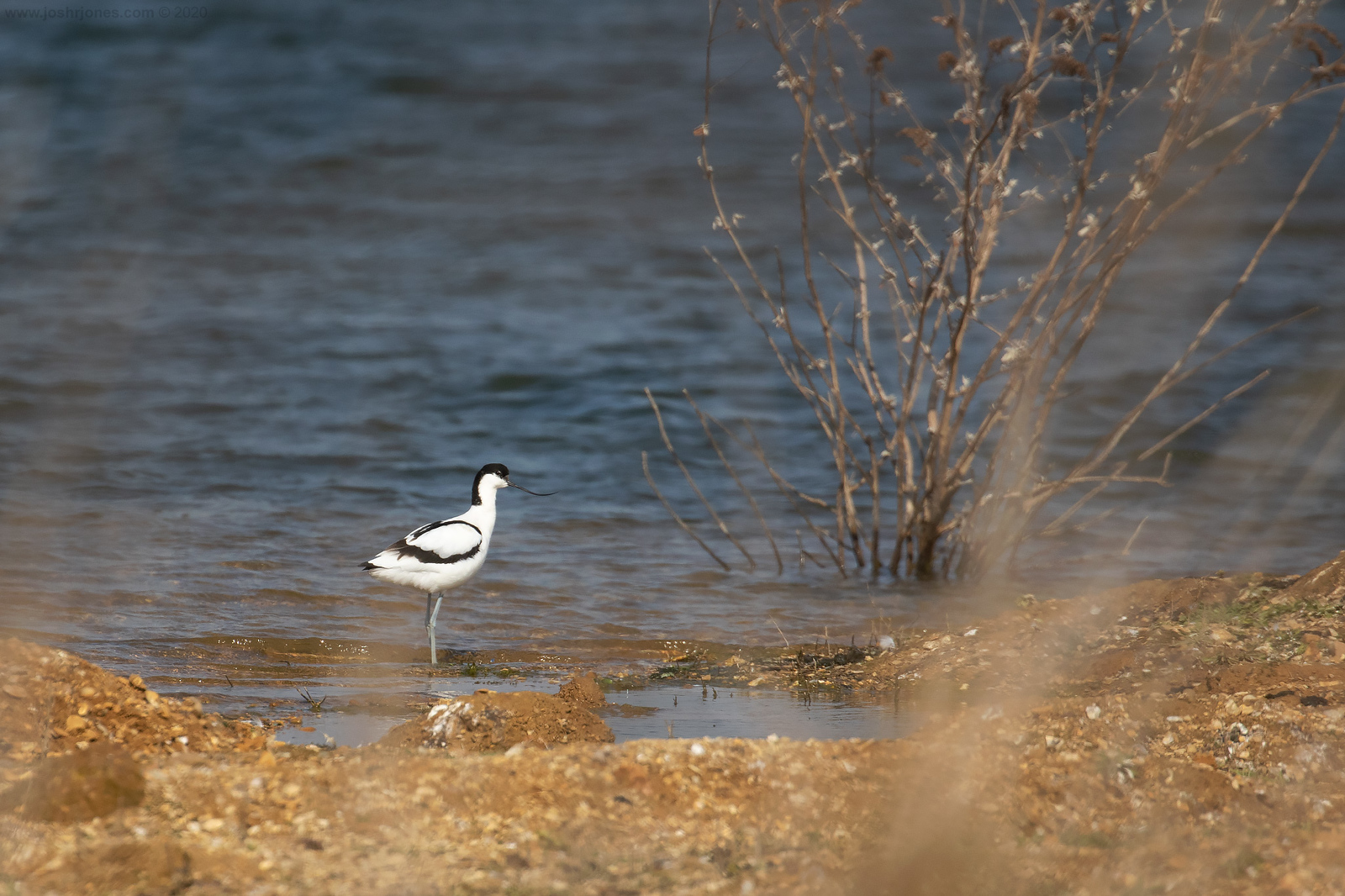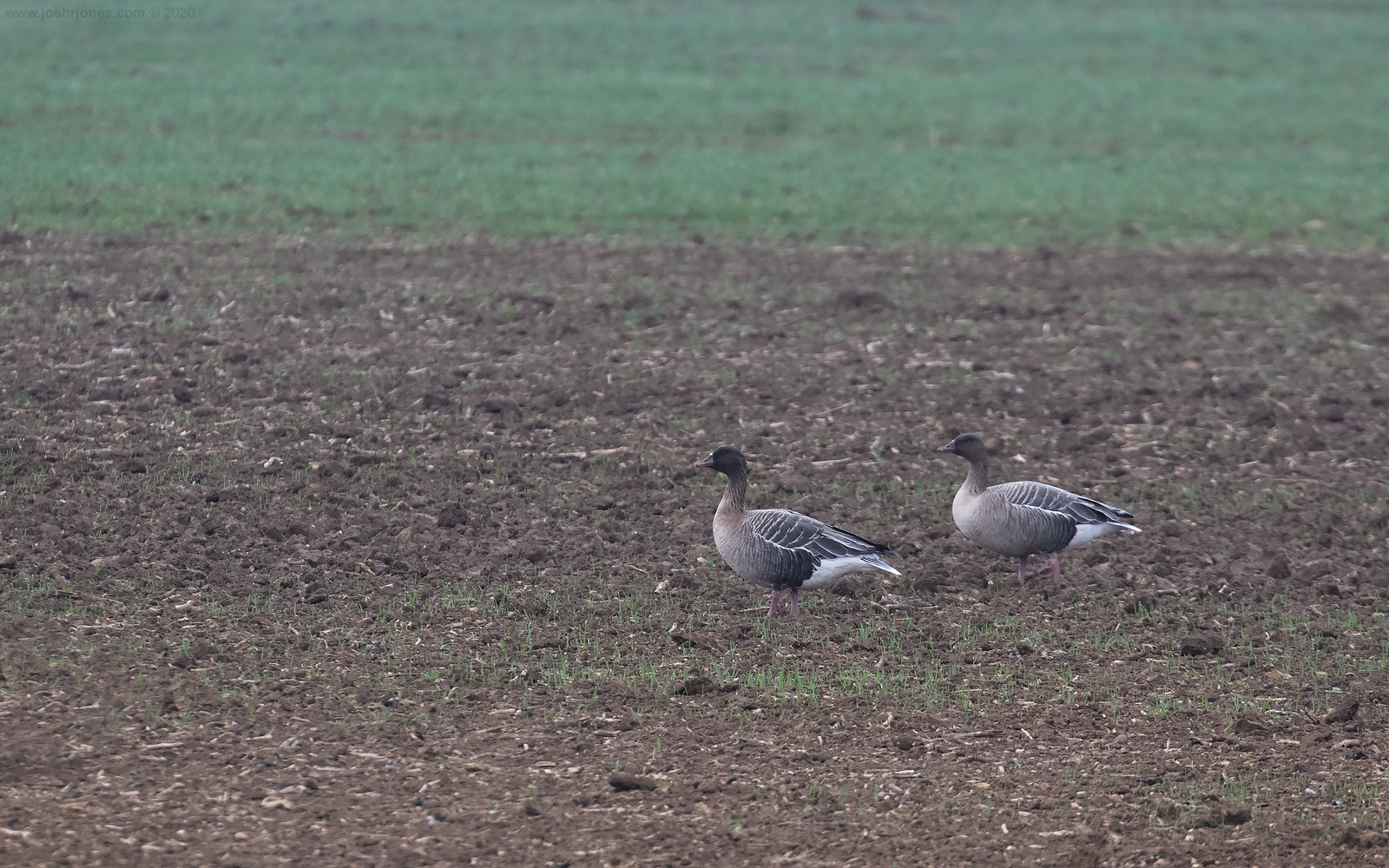|
The end of March and first third of April have been dominated by a blocking high, causing dry, sunny and at times very warm conditions across much of Britain. As such, it's been a real struggle for most inland patchers, with migration having been rendered largely invisible as birds pass straight through overhead.
This has meant relatively little reward (at least in terms of unusual sightings) for the hours invested in birding the Baston and Langtoft area. Still, it's been a couple of weeks to savour the weather and spend time exploring the area for the more difficult local breeders, some of which just about cling on locally. I've come across pairs of Little Owl and Grey Partridge, for example – neither of which I've seen in the immediate vicinity for a number of years. Simple pleasures, but great examples of those personal moments that make watching a patch such a rewarding exercise.
In terms of arriving summer migrants, late March was a real struggle. Although Blackcaps and Chiffchaffs were singing in force by the turn of the month, and I lucked upon a fly-through Swallow on 26th (which I think is my earliest ever), I didn't see my first Sand Martin until 2nd – my latest ever.
Fortunately the weather turned very quickly after that and, demonstrating just how fickle migration can be, the second wave of summer migrants was actually very early. I had my earliest Common Whitethroat by some 10 days on 7th, when a bird was singing on the rough ground opposite ARC Pit. Then, on 9th, a Reed Warbler was singing at the pocket park – again a good week or so before I can remember seeing the species previously here. The first two Willow Warblers were in song on 5th, a slightly later than average date (but only by a day or two).
Bird of the fortnight was a Sandwich Tern early morning on 5th. It had evidently been roosting, unknown to me, on the ARC Pit 'beach', as I only noticed it flying from there, over my head and away to the south as I approached the pit. It all happened a bit suddenly and quickly, not being the species I expected to see on a crystal clear morning, and my camera was still in my bag. A lesson that I should have learned a long time ago: always anticipate something decent, even when it seems most unlikely.
With days of unbroken blue skies, wader passage was lean at best. Add to that the record rainfall over the past 10 months absolutely flooding out the Wader Pit (the old islands are now at least a couple of feet under water, perhaps more) and the site actually has greatly reduced wader potential this year. It's a great shame for this previously brilliant site. Nonetheless, a couple of Avocet records (a pair on 27th and a single bird on 7th) were pretty typical for this time of year and groups of three Black-tailed Godwits were seen on 8th and 11th. A small trickle of Green Sandpipers passed through as normal, while Redshank numbers quickly dropped away after a peak of 11 on the final day of March. Meanwhile, the local waders are wasting no time in settling down – an Oystercatcher was already sitting on eggs in late March and these hatched overnight on 8-9 April, easily the earliest brood I've seen here (and by some weeks). Little Ringed Plovers arrived back on 26th, which is a fairly typical date, and at least two pairs seem to be about.
A wintry arrival concerned a couple of Pink-footed Geese on 9th. I tend to find that any sort of prolonged coverage of the pits between September and March usually produces one or two of this species, but it was a surprise to see these turn up so late in the season.
I've also dipped my toes into the murky waters of noc-migging since the end of March. On the first night I stuck the recorder out at home in Langtoft, on 30 March, I had a flock of Common Scoter fly over, as well as some Teal. A bit of beginner's luck, perhaps, but some interesting bits have been recorded subsequently. Water Rail, Moorhen, Coot, Barn and Tawny Owls, Wigeon and Golden Plover have all been passing over East End during the hours of darkness.
0 Comments
Leave a Reply. |
This pageThe musings of a wildlife enthusiast, usually armed with his camera. Archives
September 2023
|



 RSS Feed
RSS Feed